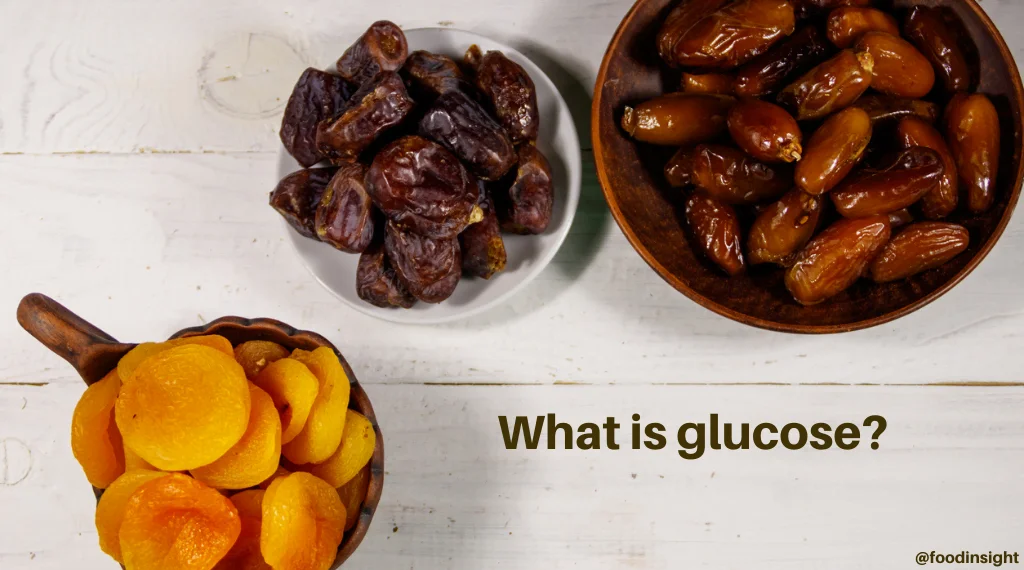
In late 2020, the U.S. Departments of Agriculture and Health and Human Services published the latest version of the Dietary Guidelines for Americans (DGAs). The DGAs are published every five years and contain science-based recommendations that help drive food and nutrition policy. This time around, they included recommendations for pregnant women, infants, and young children (the B-24 population), guidance on reducing sugar, sodium and saturated fat intake, and suggestions to incorporate more nutrient-dense foods into everyday diets.
With a hurting economy as a result of COVID-19, many families and individuals are experiencing challenges in meeting their daily nutritional needs. While food additives may be better known for enhancing the taste, texture, freshness, and appearance of foods – they are also critical in ensuring many food products meet federal nutrition recommendations for these same reasons – and at a more affordable cost. This is especially important in a time where many have limited access to grocery stores or markets, whether as a voluntary safety precaution or due to geographic location.
How do food additives help us meet nutrition recommendations?
COVID has not only affected our finances and how we shop, it’s also resulted in huge shifts in our eating habits – with 85% of all consumers reporting changes to how, and what, they eat since the pandemic began. One of the most prominent changes is a renewed focus on health and immunity, as many Americans are increasingly seeking healthier food choices – making the role of food additives even more valuable.
One way food additives can help improve nutrition is extending the shelf life of canned fruits and vegetables. Common ingredients such as salt and vinegar, as well as food additives like citric acid, are used to preserve canned foods, and as an added bonus these products are less expensive than fresh fruit and vegetables. Another food additive, mono- and di-glycerides of fatty acids, is used as a coating agent for fresh fruits and vegetables and preserves product quality during transportation and storage. Phosphates contain naturally occurring phosphorus, a mineral that is essential to bone development, and are used to help fortify and leaven bread and baked goods.
Do food additives make it affordable to eat healthy?
Harvard’s School of Public Health reports that eating a healthy diet is more expensive than an unhealthy one. While the absence or presence of food additives doesn’t necessarily make a food more or less healthy, the versatility of food additives contribute to improved shelf-life and stability while enhancing the nutrient profile and being more affordable.
Another important consideration is dietary restrictions and social/personal food decisions. Food ingredients such as konjac gum, a hydrocolloid used to help stabilize dairy products and prevent the development of ice crystals, is also a U.S> Food and Drug Administration (FDA)-recognized source of dietary fiber. This dietary fiber assists with satiety, intestinal health, and cholesterol levels, and may not be present in each consumer’s daily diet otherwise. Other examples include ascorbyl palmitate, which may be used as a source of vitamin C; and yeast extract, a source of vitamin B-12; which is important for those who are pregnant and can sometimes be lacking in plant-based foods.
The benefits of food additives to health and nutrition through food consumption are diverse. Several additives, including pectin or carob bean gum, are FDA approved as recognized sources of dietary fiber and can provide beneficial effects such as improved digestion and the feeling of satiety. Other ingredients, like carrageenan, can be used as replacement agents – replacing the sodium in lunch foods or fats, oils, and sugar in sweet treats, for example. Food additives like citric acid can also be used in products that revitalize skin, soothe sore throats, and curb nausea.
Food additives also contribute to consumer nutrition in how they accommodate diverse dietary preferences and needs. For example, xanthan gum and guar gum are used in gluten-free baking to help bind and thicken ingredients, making gluten-free foods more easily attainable for professional and at-home bakers. Plant-based products and diets, which have seen increased interest during COVID, are also aided by food additives such as yeast extract – which contribute to enhancing the flavors, texture and nutritional value of plant-based meat alternatives.
It is important that we all have access to nutritional, healthy foods without having to worry as much about cost, food spoilage, or availability. Food additives, through their versatility in purpose and function, make nutritional, affordable foods a reality – playing a vital role in helping us achieve healthier lifestyle through balanced, nutritional diets.




